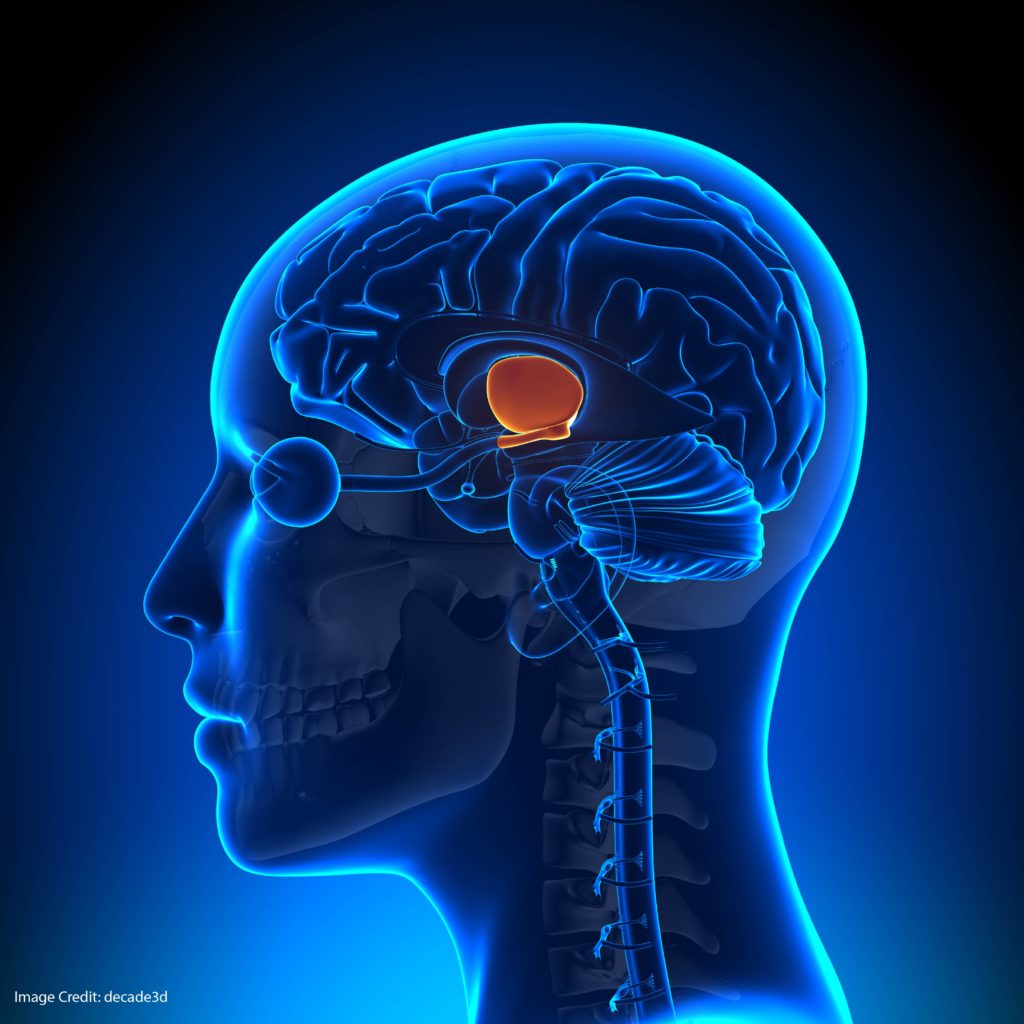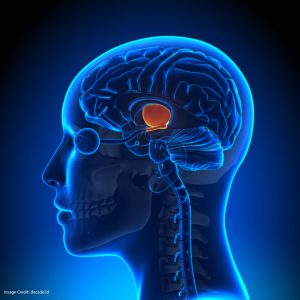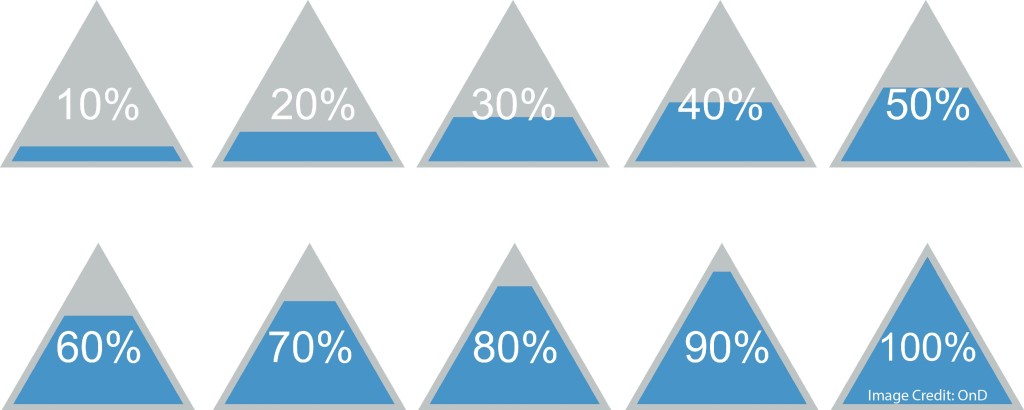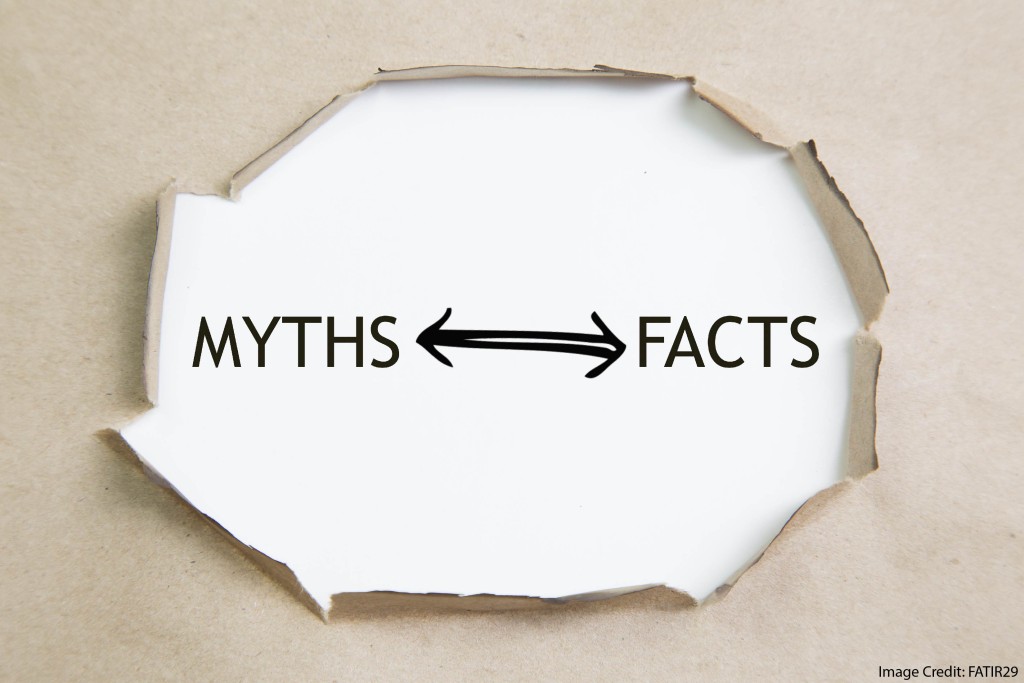In the bad old days, schools seem to have thought about learning this way:
There are two kinds of students: smart ones, and not-smart ones. It’s easy to tell them apart.
If you teach it and I learn it, I’m a smart one.
If you teach it and I don’t learn it, I’m a not-smart one.
(To be clear: I’ve never heard anyone say that so crudely. But that tone suffuses the mythic past of our profession.)
Of course, this theory suffers from one deep flaw: it just ain’t true.
Those are simply false learning categories. We all can learn, but we all learn differently.
If I teach it and you don’t learn it, the problem may very well be with my teaching. You might well learn it some other way.
A Solution, A Bigger Problem
And yet, this optimistic reframe comes with perils of its own. If, in fact, “we all learn differently,” then teachers face an almost impossible challenge.
We have to figure out how each of our students learns, and then tailor all lessons for all of them. A class with 30 students requires 30 lesson plans.
How on earth can such a system work?
Another Solution?
Facing this baffling challenge, I would LOVE to sort my students into reasonable categories.
Instead of saying “there are smart students and not-smart students,” I’d rather say “students can be smart this way, or that way, or t’other way.”
With this framework, I can now have three lesson plans, not thirty. Or, I can have one lesson plan that teaches all three ways simultaneously.
For example: maybe left-handed students learn one way, right-handed students learn a different way, and ambidextrous students learn a third way. If true, this model allows me to honor my students’ differences AND create a coherent lesson plan.
As it turns out, people have proposed many (MANY) systems for sorting learners into “reasonable categories.”
Perhaps boys and girls learn differently.
Maybe introverts differ from extroverts.
Perhaps some people have interpersonal intelligence, while others have musical/rhythmic intelligence.
Maybe some learn concretely while others learn abstractly; some learn visually while others learn kinesthetically.
The list goes on.
Another Problem: False Learning Categories
Let’s add one more to that list:
Perhaps we can sort students according to the Myers-Briggs test. This student here is an ENTJ (extroverted, intuitive, thinking, and judging), while that student there is an ISFP (introverted, sensing, feeling, perceiving).
This system allows me to teach with distinct categories in mind, and so makes my teaching life easier.
Alas, this system suffers from a (familiar) deep flaw: it just ain’t true.
As Clemente I. Diaz explains, the Myers-Briggs Type Indicator doesn’t measure what it claims to measure.
In fact, it can’t. For example: the MBTI acts as if extroversion and introversion are two different personality types. In truth, we’ve all got a some of both — and, different settings bring out the introvert or extrovert in each of us.
All of the seemingly “reasonable categories” listed above are, in fact, false learning categories.
No: with very rare exceptions, boys and girls don’t learn differently.
No: introverts and extroverts don’t learn differently. (They don’t really exist. We’re all both, depending on the circumstances.)
No: we don’t have learning styles.
Here’s my advice:
Whenever a professed expert suggests you to divide students into different learning categories, assume those categories aren’t valid. Each of us learns our own way.
In a pithy sentence:
You are a learning style of one.
Replacing False Learning Categories with True Ones
That feel-good summary brings us back to the same problem. If each of my students learns differently, then I need to create 30 lesson plans. What to do?
Here’s the good news:
Although we all learn differently, we resemble each other more than we differ.
We all use working memory to learn. When teachers prevent working-memory overload, we benefit all our students. (Including the “introverts” and the “ENTJs.”)
We all use attention to learn. When teachers learn about alertness, orienting, and executive attention, we benefit all our students. (Including the “auditory learners” and the boys.)
Long-term memories form the same way for us all. Spacing, interleaving, and retrieval practice help (almost) all of us learn (almost) everything. (Yup: including the “abstract learners.”)
And so: teachers don’t need to pigeon-hole our students into particular learning categories.
Instead, we can focus on categories of cognitive function. The more we learn about the mental processes that enhance (or inhibit) learning, the more we truly benefit all of our students.







![AdobeStock_121864954 [Converted]_Credit](https://braindevs.net/blog//wp-content/uploads/2018/01/AdobeStock_121864954-Converted_Credit-1024x410.jpg)










